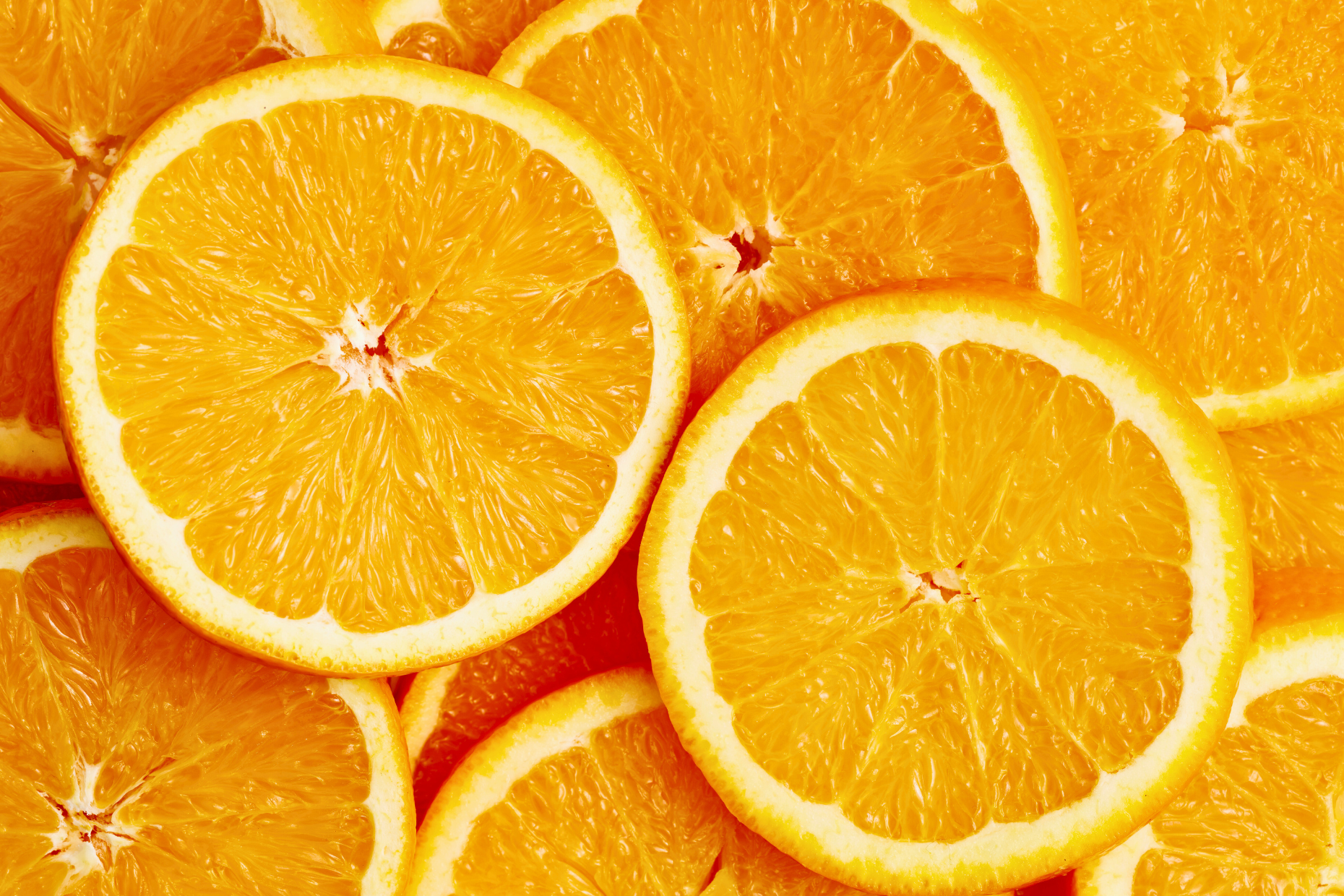The concept of “cleansing” has been around for centuries, often associated with strict diets and intense protocols. However, true cleansing starts with understanding and supporting your body’s natural filtration systems, particularly the gut.
Our Body’s Natural Cleansing Filters
Your body is a marvel of engineering, equipped with a sophisticated network of organs and systems that work tirelessly to eliminate toxins and maintain internal balance. Let’s explore these natural cleansing filters in more detail:
1. The Liver | The Master Chemist
Often referred to as the body’s primary detoxification organ, the liver is a true powerhouse. Its functions extend far beyond digestion:
- Filtration: Blood from the digestive tract passes through the liver, where it’s filtered and cleansed of harmful substances like drugs, alcohol, and metabolic byproducts.
- Neutralization: The liver transforms toxins into less harmful compounds that can be excreted. It also breaks down hormones and medications.
- Bile Production: Bile, produced by the liver and stored in the gallbladder, plays a crucial role in fat digestion and helps eliminate waste products through the stool.
2. The Kidneys | The Blood Purifiers
These bean-shaped organs work tirelessly to filter waste products from the blood and maintain the body’s fluid and electrolyte balance. Their key functions include:
- Filtration: Each day, the kidneys filter about 120 to 150 quarts of blood, removing waste products like urea, creatinine, and excess salts.
- Urine Production: Filtered waste is concentrated into urine, which is then excreted from the body.
- Hormone Regulation: The kidneys produce hormones that regulate blood pressure, red blood cell production, and calcium absorption.
3. The Skin | The Breathable Barrier
The skin, the body’s largest organ, serves as a protective barrier against external threats. It also plays a role in detoxification through:
- Sweat: Sweat glands release excess water, salts, and trace amounts of waste products like urea and lactic acid.
- Sebum: Sebaceous glands produce sebum, an oily substance that helps maintain skin health and can carry away some toxins.
4. The Lungs | The Gas Exchangers
Every breath you take is a part of the cleansing detoxification process. The lungs’ primary function is to exchange oxygen and carbon dioxide, but they also:
- Expel Carbon Dioxide: CO2, a major metabolic byproduct, is removed from the blood and exhaled.
- Filter Airborne Toxins: The lungs contain tiny hair-like structures called cilia that trap and remove inhaled pollutants.
5. The Lymphatic System | The Immune Guardian
While not an organ per se, the lymphatic system is a network of vessels and tissues crucial for immune function and fluid balance. It helps remove waste products, cellular debris, and toxins from the body’s tissues.
By understanding and supporting these natural filters, you can empower your body to effectively eliminate toxins and maintain optimal health.
Toxins in the Modern World
While our bodies possess remarkable detoxification mechanisms, we face an unprecedented onslaught of toxins in our daily lives. These substances, both naturally occurring and human-made, can infiltrate our air, water, food, and even our homes. Here’s a deeper look at some of the most common culprits:
1. Free Radicals | Cellular Saboteurs
Free radicals are unstable molecules that wreak havoc on our cells. They’re generated by normal bodily processes like metabolism, but their production can be accelerated by factors like pollution, smoking, radiation, and processed foods.
Damage: Free radicals steal electrons from healthy cells, causing oxidative damage that can lead to premature aging, inflammation, and chronic diseases like cancer, heart disease, and Alzheimer’s.
Sources: Free radicals are ubiquitous, but our exposure can be increased by environmental pollutants, fried foods, charred meats, alcohol, and cigarette smoke.
2. Microplastics | Tiny Invaders
Microplastics, minuscule plastic particles smaller than 5 millimeters, have become a pervasive environmental pollutant. They’re found in our oceans, waterways, soil, and even the air we breathe.
Sources: Microplastics originate from the breakdown of larger plastic items, microbeads in personal care products, and synthetic fibers shed from clothing during washing.
Health Effects: These tiny particles can enter our bodies through ingestion and inhalation, potentially disrupting hormones, causing inflammation, and accumulating in organs.
3. Heavy Metals | Silent Accumulators
Heavy metals like lead, mercury, arsenic, and cadmium are naturally occurring elements found in the earth’s crust. However, human activities like mining, industrial processes, and the use of certain products have led to widespread contamination.
Sources: Exposure can occur through contaminated water, fish, certain cosmetics, old paint, and even some herbal supplements.
Toxicity: Heavy metals are toxic even in small amounts, and they can accumulate in tissues over time, leading to neurological damage, organ dysfunction, and developmental problems.
4. Pesticides & Herbicides | Chemical Disruptors
Pesticides and herbicides, used extensively in agriculture to control pests and weeds, can pose significant risks to human health. These chemicals are designed to be toxic to living organisms, and their residues can remain on food and contaminate soil and water.
Exposure: We can be exposed to these chemicals through the food we eat, the water we drink, and even the air we breathe if we live near agricultural areas.
Health Effects: Pesticides and herbicides have been linked to various health problems, including neurological disorders, endocrine disruption, reproductive issues, and an increased risk of certain cancers.
5. Other Toxins: A Growing List
The list of toxins we encounter in the modern world continues to grow. This includes endocrine-disrupting chemicals (EDCs) found in plastics and personal care products, air pollutants like particulate matter and volatile organic compounds (VOCs), and even mold toxins that can contaminate buildings and food.
By understanding the sources and potential dangers of these toxins, we can make informed choices to minimize our exposure and protect our health.
The Myth of the “Cleanse” Diet
Popular cleanse diets often promise rapid detoxification and weight loss. While some may offer short-term benefits, they often lack scientific backing and can be unsustainable or even harmful.
A healthier approach focuses on supporting your body’s natural cleansing processes through nourishing foods and lifestyle habits.
Your Gut: The Epicenter of Health
Beyond its well-known role in digestion, your gut is a complex and dynamic ecosystem that profoundly influences your overall health. It’s a central hub where numerous bodily systems intersect, impacting everything from immunity to mental clarity.
Guardian of Immunity
The gut is home to trillions of microorganisms, collectively known as the gut microbiota. This diverse community of bacteria, viruses, and fungi plays a crucial role in training and regulating your immune system.
Gut-Associated Lymphoid Tissue (GALT): This network of immune cells lines your gut, constantly monitoring the contents of your intestines and identifying potential threats. It’s estimated that roughly 70% of your immune cells reside in the GALT.
Gut-Immunity Connection: A healthy gut microbiota helps maintain the integrity of the gut lining, preventing harmful substances from entering the bloodstream. It also communicates with immune cells, influencing their activity and response to pathogens.
The Nutrient Powerhouse
Your gut is responsible for breaking down food into smaller molecules that your body can absorb and utilize. It produces enzymes that digest carbohydrates, fats, and proteins, as well as acids that aid in the breakdown process. The lining of your intestines is covered in tiny finger-like projections called villi, which increase the surface area for nutrient absorption.
Microbiome’s Role: Your gut bacteria help in nutrient absorption by fermenting undigested fibers, producing short-chain fatty acids that nourish your gut cells and provide energy.
Second Brain
Your gut and brain are in constant communication through a complex network of nerves, hormones, and neurotransmitters. This bidirectional connection is known as the gut-brain axis.
Mood and Emotions: Your gut microbiota can influence the production of neurotransmitters like serotonin, dopamine, and GABA, which play a crucial role in mood regulation, stress response, and even motivation.
Cognitive Function: Emerging research suggests that gut health may impact cognitive function, memory, and even the risk of developing neurodegenerative diseases.
Detox Center
Your gut is responsible for eliminating waste products from your body through bowel movements. This includes undigested food, dead cells, bacteria, toxins, and metabolic byproducts.
Liver-Gut Connection: The liver, your primary detoxification organ, works closely with the gut to eliminate harmful substances. Bile, produced by the liver, helps break down fats and carry toxins out of the body through the stool.
Microbiome’s Role: Certain gut bacteria can help neutralize toxins and even produce substances that protect the gut lining from damage.
By understanding the intricate functions of your gut, you can appreciate its pivotal role in your overall health. Nourishing your gut with a healthy diet, managing stress, and prioritizing sleep are essential steps toward optimizing this vital system and enjoying a life of vibrant well-being.
Gut Flora: The Unsung Heroes
Your gut is home to trillions of microorganisms, collectively known as the gut microbiota or gut flora. These bacteria, viruses, and fungi are essential for:
- Digestion: They break down complex carbohydrates to produce beneficial compounds.
- Immune Function: They train the immune system and protect against pathogens.
- Vitamin Production: They synthesize vitamins like vitamin K and some B vitamins.
Nurturing Your Gut with Food
To support optimal gut health, focus on a diet rich in:
Fiber. Found in fruits, vegetables, whole grains, and legumes, fiber feeds beneficial gut bacteria and promotes regular bowel movements.
Fermented Foods. Yogurt, kefir, sauerkraut, and kimchi contain live cultures that replenish gut flora.
Prebiotics. These indigestible fibers, found in onions, garlic, and asparagus, nourish good bacteria.
Polyphenols. Abundant in berries, tea, and dark chocolate, polyphenols have antioxidant and anti-inflammatory effects.
Cleansing Foods and Preparation Tips
Cruciferous Vegetables: Broccoli, cauliflower, Brussels sprouts and kale support liver detoxification. Lightly steam or roast them to preserve nutrients.
Leafy Greens: Spinach, arugula, and dandelion greens are packed with fiber and chlorophyll, which aid in toxin elimination. Enjoy them in salads, smoothies, or lightly sautéed.
Berries: Blueberries, raspberries, and strawberries are high in antioxidants and fiber. Add them to yogurt, oatmeal, or enjoy them as a snack.
Garlic & Onions: These contain sulfur compounds that support liver detoxification. Use them liberally in cooking.
The Gut Health Rules
Think of your gut as a flourishing garden. To cultivate a healthy ecosystem teeming with beneficial bacteria, you need to tend to it with care.
Embrace the Rainbow of Whole Foods
Fill your meals with a vibrant array of diverse fruits and vegetables. Each color represents different phytochemicals – powerful plant compounds that nourish your gut microbes and protect against disease.
Choose Whole Grains, Legumes, Nuts and Seeds: Opt for whole wheat bread, brown rice, quinoa, and oats over refined grains, which have been stripped of fiber and nutrients. Beans, lentils, and chickpeas are not only packed with fiber but also provide prebiotics, the food that fuels your good bacteria. Almonds, walnuts, chia seeds, and flaxseeds offer healthy fats, fiber, and protein, all essential for gut health.
Say Goodbye to Processed Foods, Sugar, and Artificial Sweeteners
Processed foods often contain unhealthy fats, added sugars, and artificial ingredients that can disrupt the delicate balance of your gut microbiome. Excess sugar feeds harmful bacteria and yeasts, leading to imbalances and inflammation. And finally, research suggests even artificial sweeteners may negatively impact gut bacteria and even contribute to glucose intolerance.
Prioritize Fiber: Your Gut’s Best Friend
Feed your microbes! Aim for 25-35 grams of fiber daily from fruits, vegetables, whole grains, and legumes. Fiber acts as a prebiotic, nourishing the beneficial bacteria in your gut.
Fiber also adds bulk to your stool, helping prevent constipation and promoting regular bowel movements, essential for eliminating waste and toxins.
Stay Hydrated: The Flow of Health
Drink Abundant Water: Water is essential for digestion, nutrient absorption, and waste removal. Aim for at least 8 glasses of water per day, and more if you’re active or live in a hot climate.
Choose Herbal Teas: Herbal teas like chamomile, peppermint, and ginger can aid digestion and soothe the gut lining.
Manage Stress: Mind Your Gut
Chronic stress can wreak havoc on your gut, disrupting the microbiome and leading to inflammation. Find healthy ways to manage stress, such as yoga, meditation, deep breathing exercises, or spending time in nature. Make time for activities you enjoy, whether it’s reading, listening to music, or taking a warm bath.
Get Enough Sleep: Rest for Gut Restoration
Aim for 7-8 hours of quality sleep each night. Sleep deprivation can disrupt hormone levels, impair immune function, and negatively impact gut health. Go to bed and wake up at the same time every day, even weekends, to regulate your body’s natural sleep-wake cycle.
Consider Probiotic Supplements: A Helping Hand
If your diet lacks fermented foods or you’ve recently taken antibiotics, a probiotic supplement can help replenish your gut flora and boost your beneficial bacteria.
Look for a high-quality probiotic with multiple strains and a high colony-forming unit (CFU) count.
By incorporating these gut health rules into your daily life, you’ll be well on your way to cultivating a thriving microbiome, enhancing your natural detoxification processes, and optimizing your overall health and well-being.










